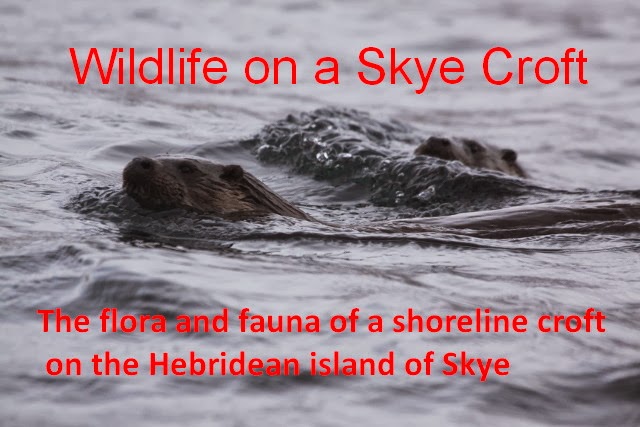As old age creeps up,and one's face begins to look depressingly skeletal, mortality starts to become a consideration I am told its a bit morbid but I have my list of 10 things to do before I die. The list is a bit fluid because I cannot always remember what they are. As an aside, forgetfulness is also a sign of old age, and is now recognised as a psychiatric disorder, minor neurocognitive disorder, by the recently revised practice guide of the American Pyschiatric Association, but I am not sure whether that is good or bad news, as it is not even an -ism, just a disorder.
But back to the list. It contains the idea of seeing in the wild the Scottish wildcat, and both the European and Iberian lynxes amongst a number of other animals.
I also wanted to see the Northern Lights, the Aurora borealis, with its spectacular colours, waves and ripples. Caused by geomagnetic activity in the upper atmosphere brought about by solar radiation, 2013 is expected to be one of the best years for seeing such events, as we are at the top of the poorly understood 11-year cycle of solar flares.
We went to Iceland 2 years ago, one of the more reliable places to see the aurora but after watching another 250 tourists standing around taking pictures of each other in the dark (no, I don't know why) but with no light show overhead, we came back disappointed to the UK.
The extent of geomagnetic activity is measured by the Kp index which has a scale from 1 through 10. At low levels the aurora is seen only at latitudes approximately equating with the Arctic circle. But if the activity is high then the aurora can be seen at lower latitudes. Skye is at around 57 degrees north and for there to be any chance of the aurora being seen the Kp index has to be at least 6 which happens only a handful of times a year. Then add in the requirement for as a minimum some breaks in the cloud looking north, and the odds against a sighting lengthen (rain and cloud are climate features in which Skye excels).
I get an alert from the Geophysical Institute at the University of Alaska Fairbanks ttp://www.gi.alaska.edu/AuroraForecast which shows the Kp index and predicts where the aurora will be seen - essentially how far south. Last Sunday, a Kp of 6 in the evening. Terrific. I raced as far north on Skye as I could, up beyond Uig. As there was too much cloud I came back, and then magically at 10pm looking out to Raasay, which is due north, there was a partial break in the cloud enough to see the green colour of the aurora. Not the most spectacular view but a view nonetheless. So I have now seen the northern lights and the best part was that they came to meet me not the other way round.
There are a lot more aurora photos from Glendale, in north west Skye at www.glendaleskye.com/aurora_borealis.php which is definitely worth a look for all other aurora obsesssives.
So back to the other 9, if can remember what they are.
So back to the other 9, if can remember what they are.












